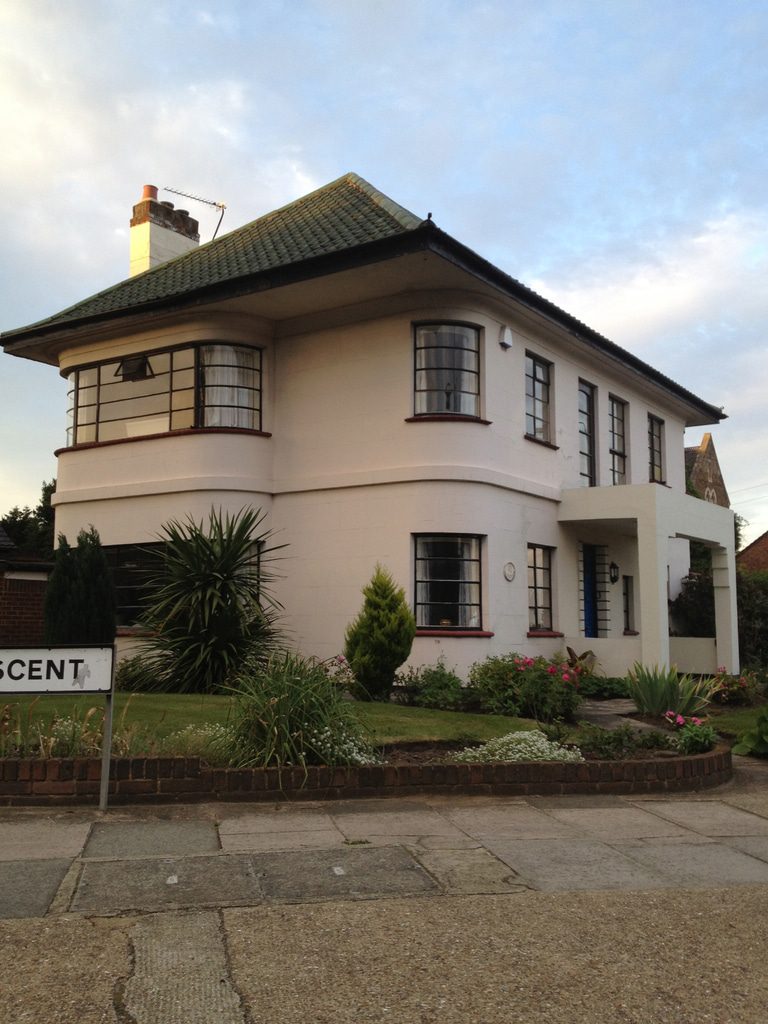There are certain types of residential properties where new windows and doors cannot be fitted. Examples of these include listed buildings and those that fall under Conservation areas.
There are other types of properties where the original windows are such a key feature of the building that replacing them with anything new would compromise it’s appearance.
The benefits of Secondary Double Glazing.

For these types of properties one very good solution is Secondary Double Glazing.
- Secondary Glazing is rarely refused by planners and local authorities.
- Secondary double glazing can make buildings with old windows better insulated, more thermally efficient, quieter and provide better window security.
- Secondary glazing can offer all the benefits of new double or triple glazing whilst retaining the character of a home.
The key difference between full double glazing and secondary glazing is that the existing windows are not removed. A secondary window is placed internally behind the original window. The cost of secondary double glazing is also much less than a full window replacement. A further benefit of secondary glazing is that it’s easier and quicker to fit and can even be carried out on a DIY basis if desired.
There are expert designers and manufacturers of secondary double glazing such as Granada Secondary Glazing based in Yorkshire. Their range of secondary double glazing products is available for every type of residential or commercial window.
Making heritage windows quieter, warmer and more secure.

For heritage windows in particular, there is a popular requirement for any secondary double glazing to be discreet without obscuring the slim lines or any period features of the original windows. For vertically sliding or casement period windows a hinged secondary glazing unit is available.
Granada Secondary Glazing have relaunched a new and improved slim-line hinged unit. As secondary glazing experts, Granada have developed this new window to offer a slimmer profile and make if far more suitable for a domestic window.
With only a 72mm sight line, it’s slimmer than most double glazed windows. This makes it not only ideal for large windows but particularly useful for small feature windows often found in traditional properties. The smaller the window the more obvious any new frame can be. This new secondary unit provides a far more discreet and aesthetically pleasing option.
Granada Product Designer Nick Hough says:
Our previous Traditional hinged unit was discontinued some time ago, due to increased manufacturing costs and sourcing issues. This left a gap in our product range for a hinged unit with a more discreet profile. Our current Heritage hinged unit is a popular choice with commercial clients, but it’s not always suitable for homeowners. After 18 months of product development and testing, Nick and the team have come up with a premium quality product that’s less obtrusive in appearance than their current offering.
Granada have further enhanced the window with double QLon seals and a tight seal and fit all round. Independent acoustic testing will be carried out in the future and Granada are confident it will also offer impressive acoustic credentials.
Want to find out more about secondary glazing? Contact us.
As the UK’s largest specialist manufacturer of secondary glazing, Granada Secondary Glazing supply both the residential and trade markets. On offer is a choice of expertly manufactured products available at fast lead times of only 10 working days.
A choice of colours, glass options and accessories is also available.
For those in the door an window sector you may have seen Granada’s new hinged unit at the FIT Show in April (Stand 334). If you did, what did you think?
If you’re a homeowner who would like to find out more about how secondary glazing can benefit your property, old or new, please contact us.











